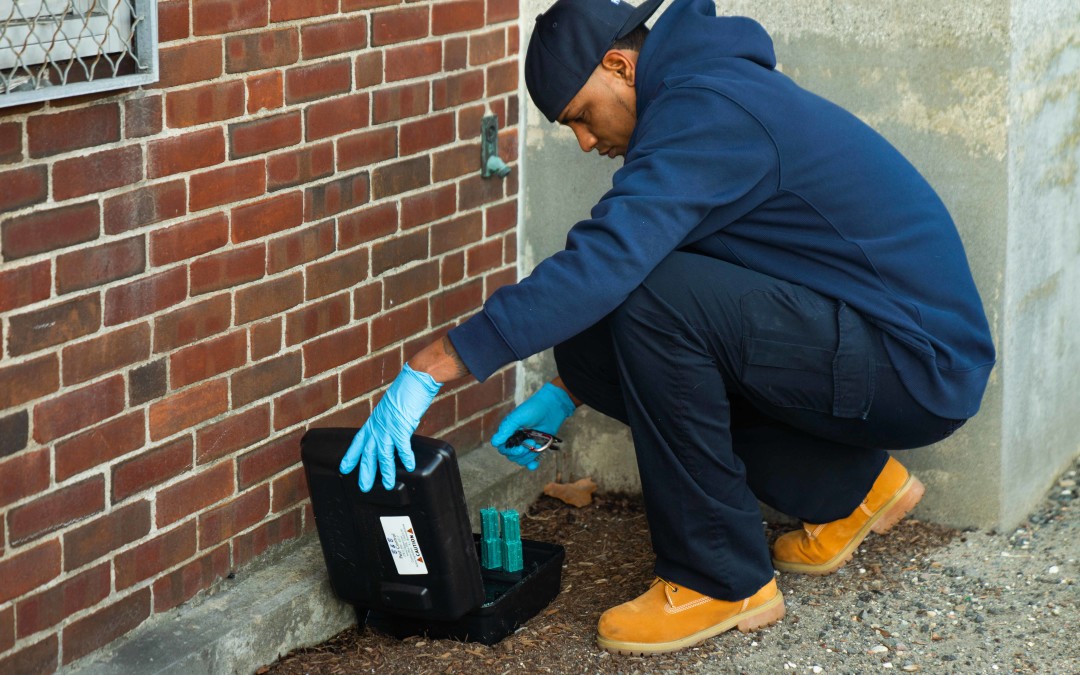Many people prefer the summer over the winter, as the warm weather during the summer months allow people to enjoy outdoor cookouts, picnics, theme park adventures and days at the beach. Winters, on the other hand, are often stressful, especially for people living in the north where snowstorms can bury cars and going outside means having to apply several layers of clothing. However, most people would agree that the lack of bugs, particularly mosquitoes, is a welcome change come winter. It is generally assumed that insect pests die-off during the winter months, while others may migrate to warmer areas. While this is true for many insects, like wasps, which die when exposed to cold conditions, and butterflies, which migrate south during the winter, some insect pests remain indoors during the duration of the winter, while others are able to survive cold outdoor temperatures.
Most insect species that inhabit the temperate northeast states are physiologically equipped to survive bouts of cold weather, whether they manage to find indoor shelter or not. The most significant insect die-offs in the US occur in the south where many insect pests that can only survive in tropical or subtropical conditions become exposed to unusually low winter temperatures. Also, short, but extreme winter weather conditions, such as the “polar vortex” that saw temperatures take a significant dive in the eastern US last winter, can kill-off many insects that typically survive northeast winters. Insect pests, like German cockroaches and bed bugs, are tolerant of cold conditions, and unfortunately, their populations remain stable year round due to their natural indoor habitat. One of the most troublesome of all household insect pests in the northeast, the brown marmorated stink bug, is particularly vulnerable to cold winter temperatures, which is why they are often found making a frantic effort to invade homes during the fall. Researchers found that 95 percent of the stink bug population in the northeast died-off in response to the 2014 winter cold-snap, but pests like termites, ticks, and spiders are able to secure natural conditions that enable them to survive even the harshest of cold fronts. For example, eastern subterranean termites avoid freezing temperatures in the northeast by traveling farther below the ground’s surface where temperatures become progressively warmer. Many other insects survive the winter cold by entering into a semi-dormant state known as “diapause.” It is also worth noting that certain species of adult insects may die from extreme cold, while their eggs will continue to survive, resulting in insect pest population booms come spring.
Have you ever experienced an indoor insect pest infestation during the winter?

